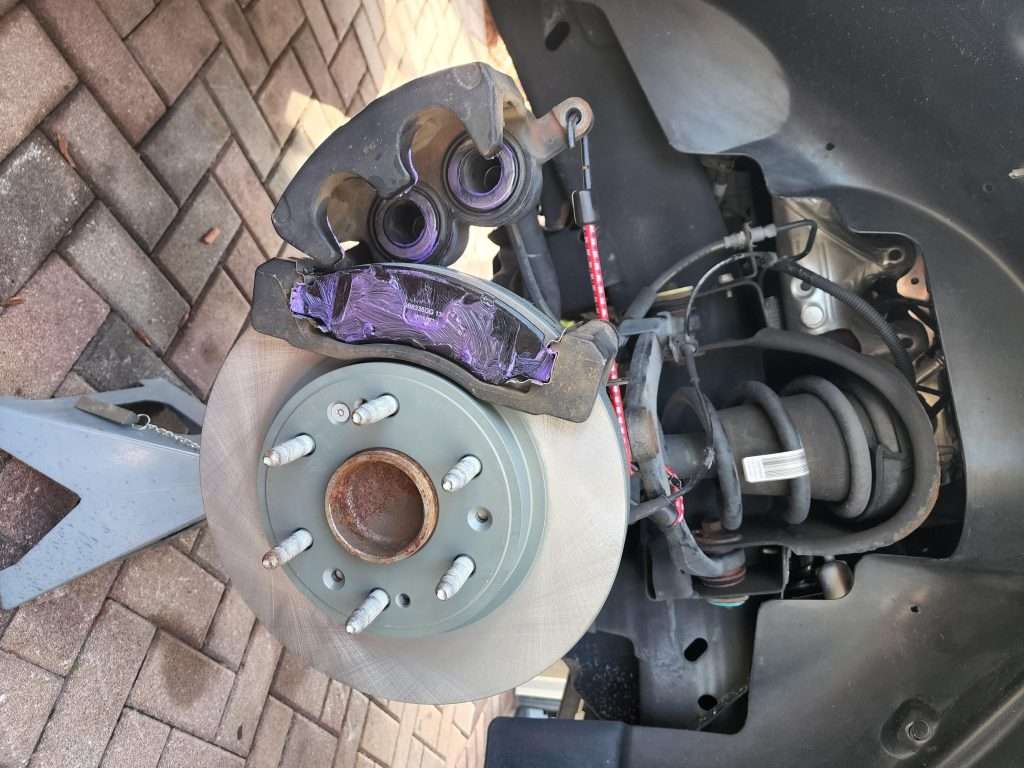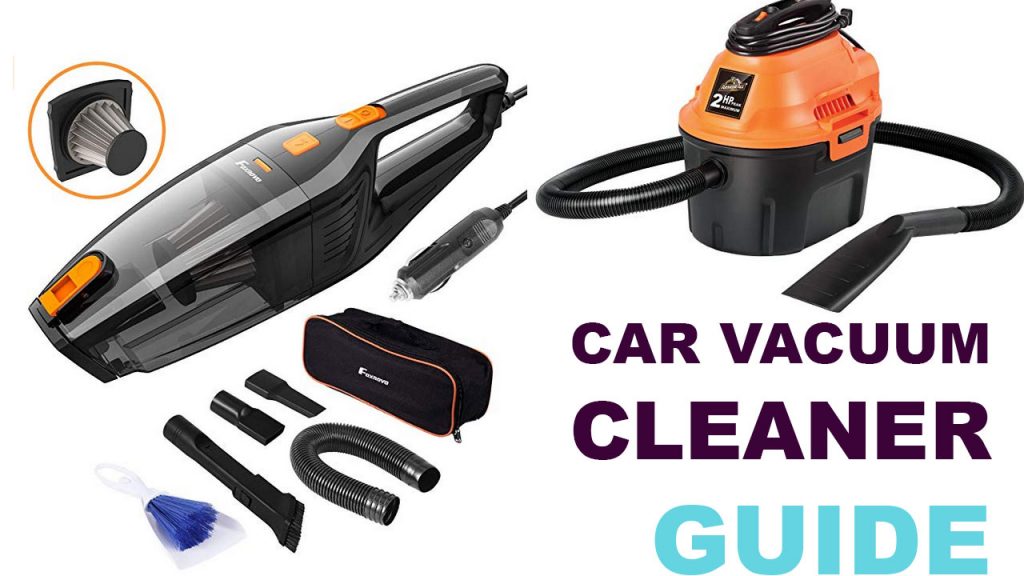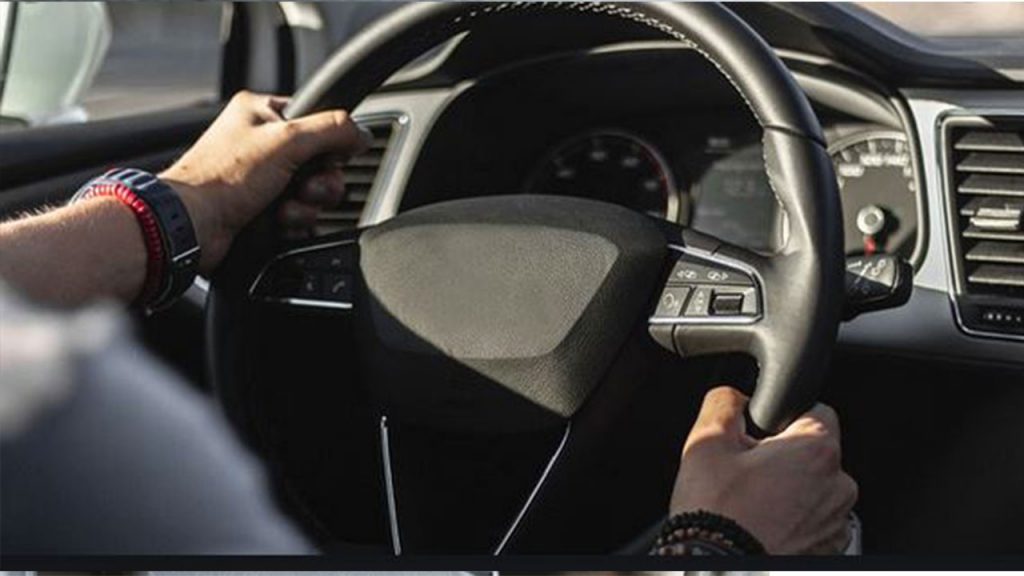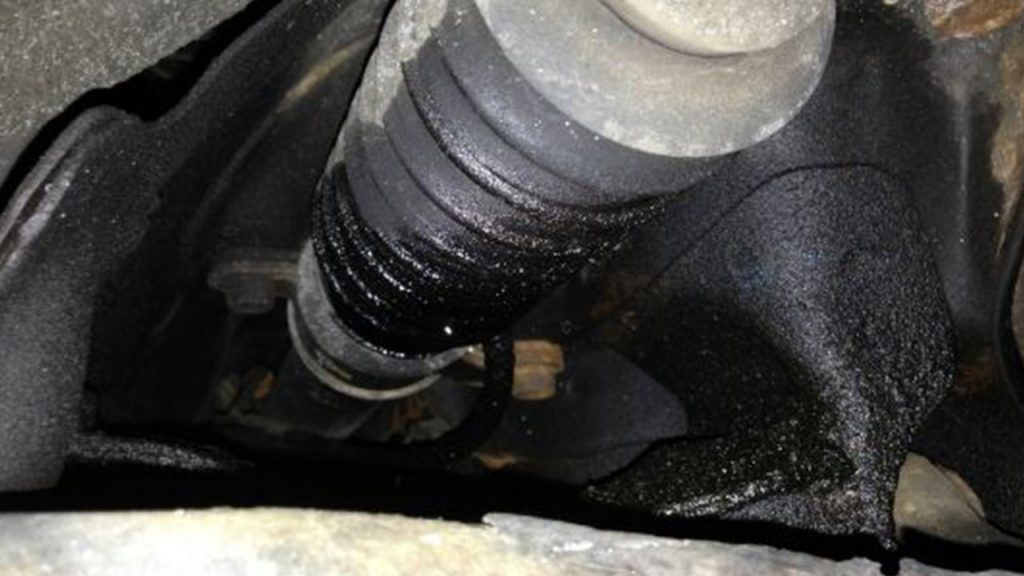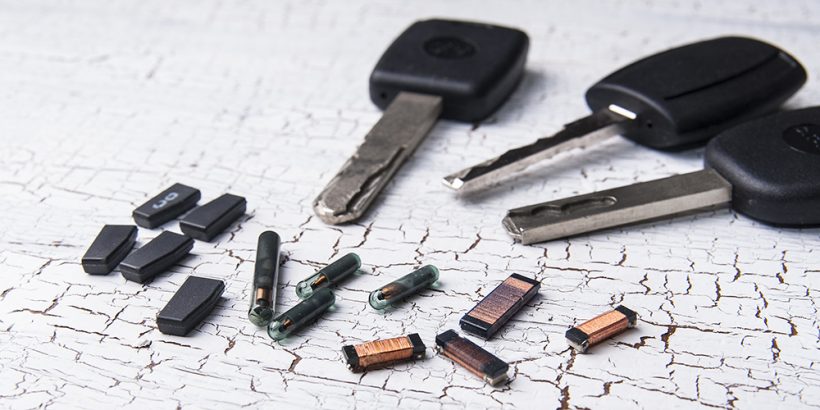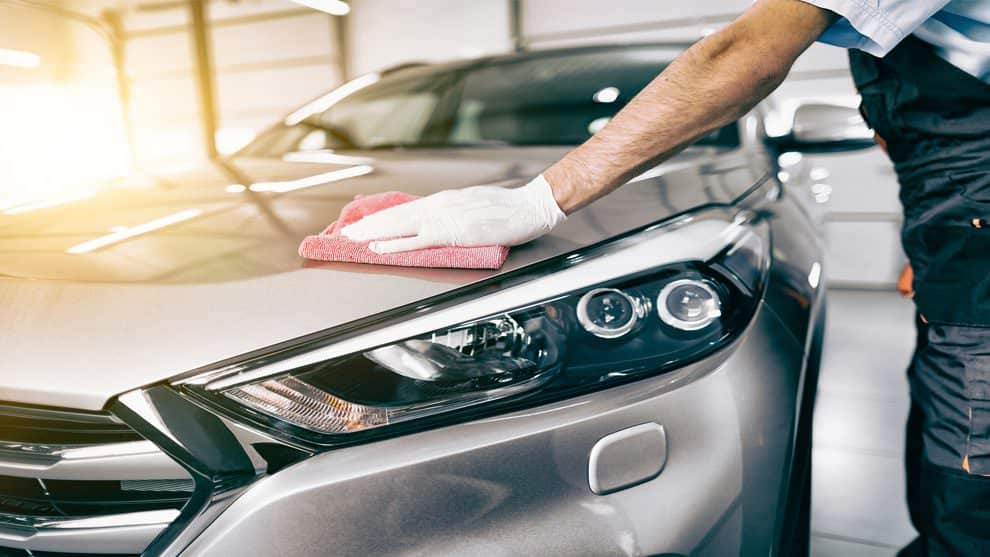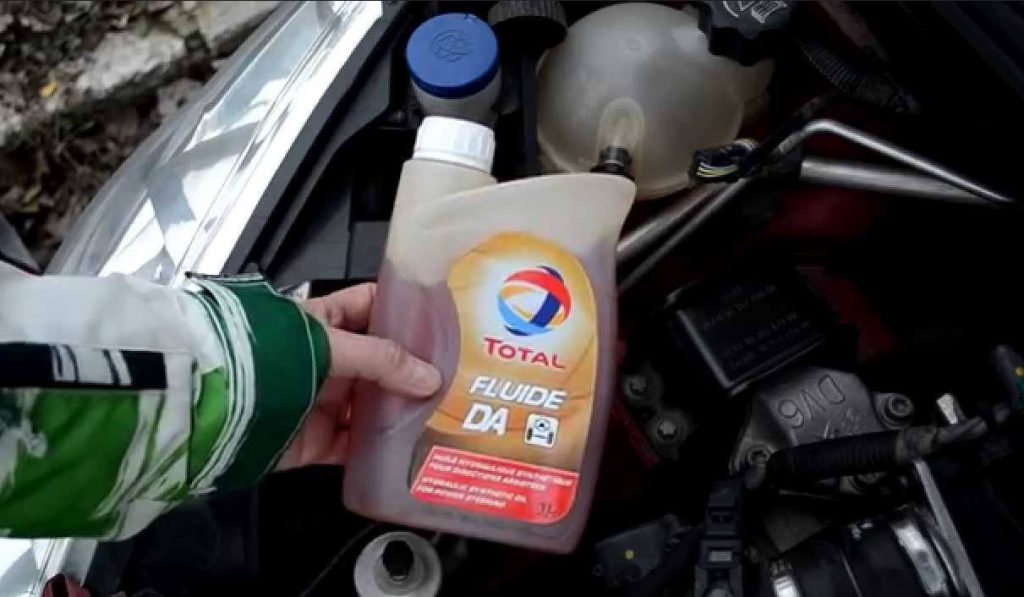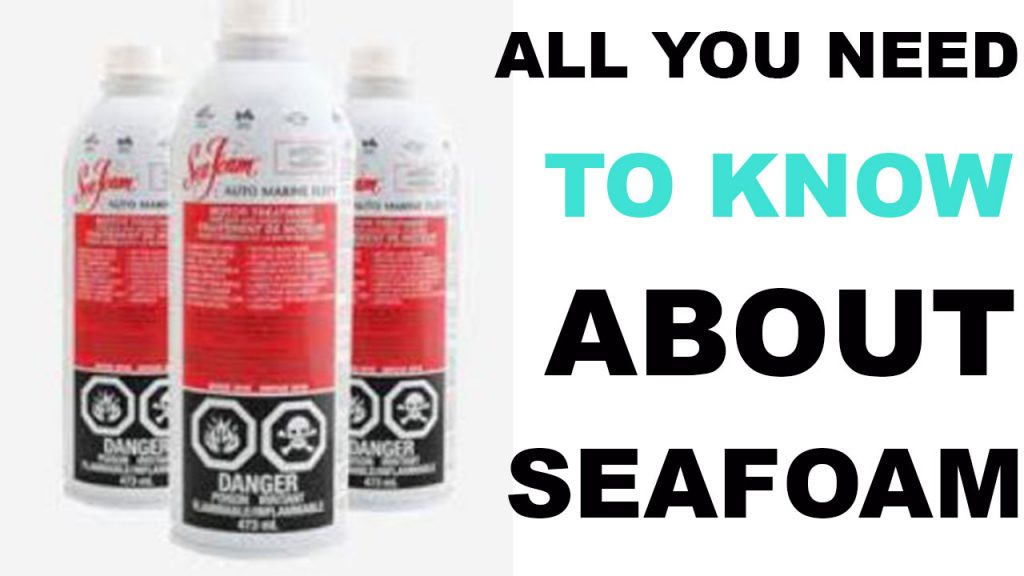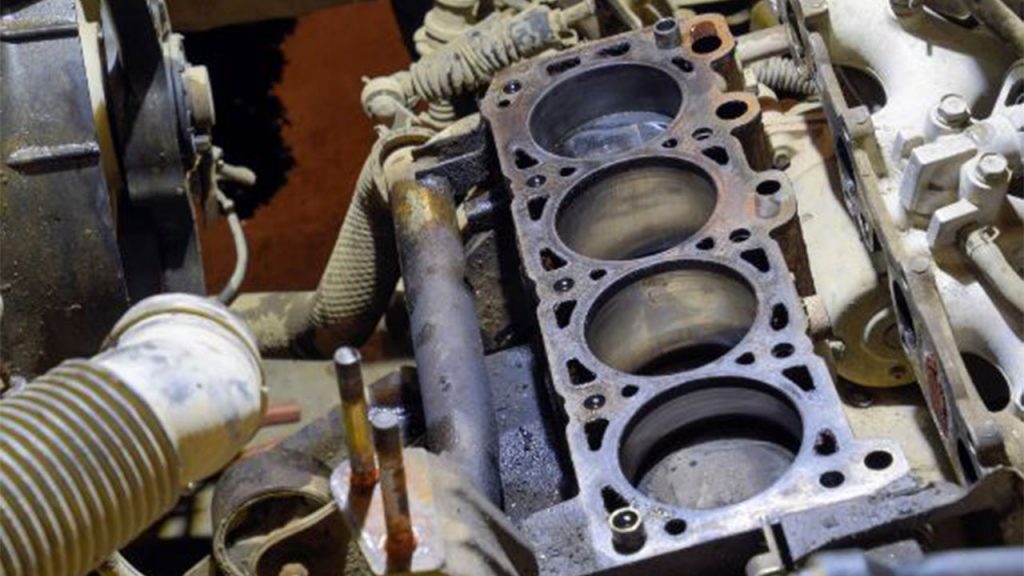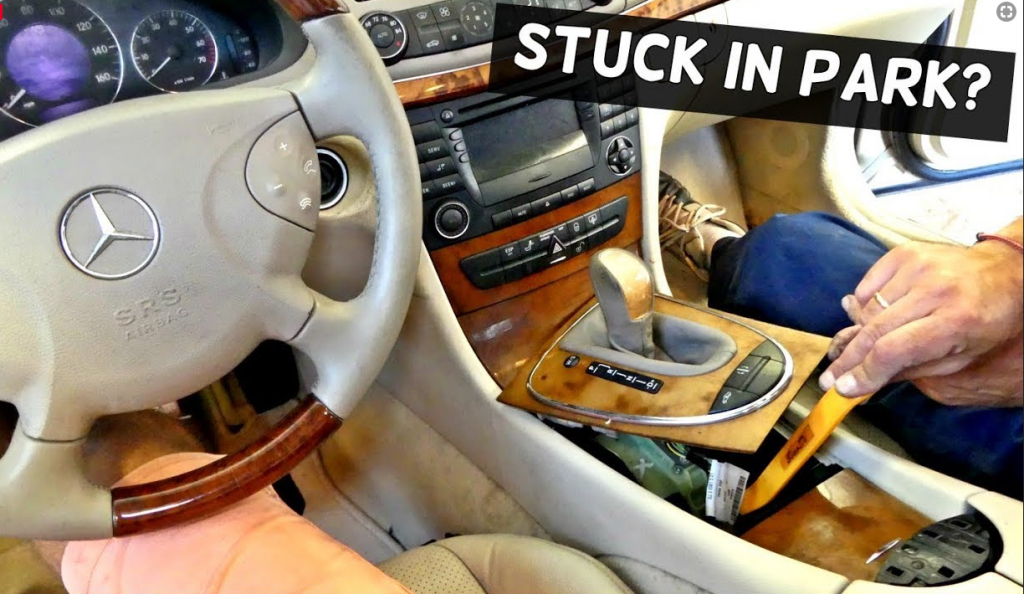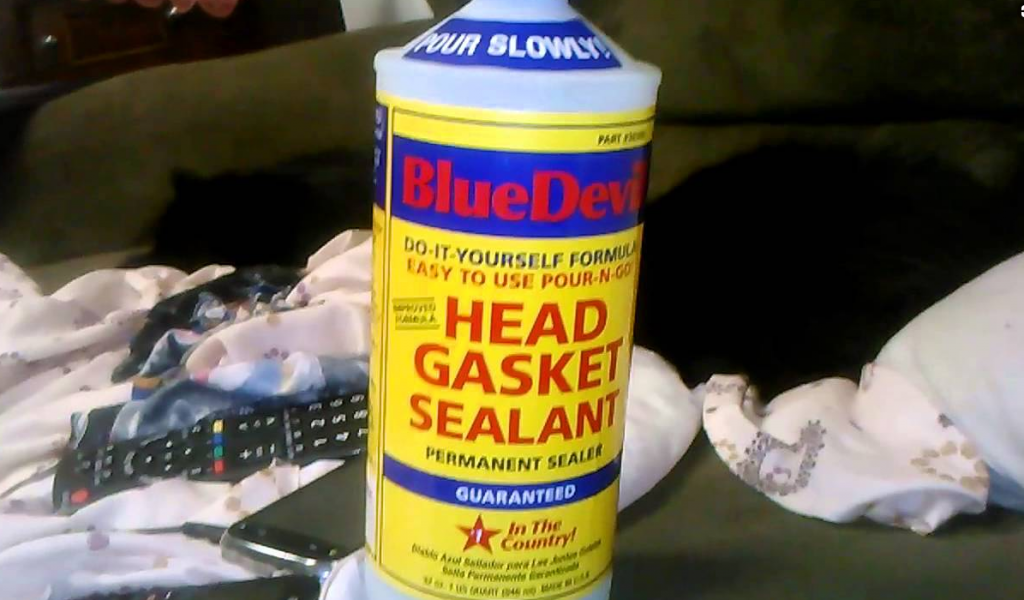So, how do you tell if brake pads are worn? well, there a couple of them, and we will look at the warning Signs You Need New Brake Pads Your car’s brake pads are one essential safety feature your car, so keeping them in top condition can mean the difference between a smooth stop or an accident due to a failed brake. Typically, brake pads should be replaced every 25,000 to 65,000 miles, while rotors last around 30,000 to 70,000 miles. These numbers will vary depending on your driving style, terrain, and weather. Thankfully, your brakes will always give you clear signs you need new brake pads before things even get dangerous.
That is why, in this article, we will break down nine key signs that your brake pads, need a replacement.
We will also address some of the frequently asked questions regarding brake pads, such as:
How can I extend the life of my brake pads? Are all brake pads the same? How much does it cost to replace brake padsCan I replace the brake pads myself, How can I extend the life of my brake pads and what causes brake pads to wear out faster?
Related:How to Replace Brake Pads, Cost, & When to Replace Them?
Signs You Need New Brake Pads: How to Tell if Brake Pads Are Worn
1. Visible Wear-and-Tear:
First and foremost, if you take a look at your brake pads through the spokes of your wheels and you see the pads are thinner than before or they are less than 1/4 inch thick, then know that brake pads are nearing the end of their life, and it is time to have them replaced to avoid brake failure because thin brake pads can compromise your ability to stop safely at any time. How to tell if brake pads are worn is as simple as checking their thickness.
2. High-Pitched Screeching
Hear a piercing squeal when braking? That’s your brake pads’ built-in warning system doing its job. This sound means the pads are thinning out and need replacing soon. Schedule an appointment when to replace brake pads before the screech turns into something worse.
3. Screeching Despite New Pads
If your brakes still scream after a recent pad replacement, the problem could be glazed rotors. Overheating during heavy braking can scorch the rotor’s surface, leaving it shiny and smooth. Look for blue marks or a burnt ring—these rotors likely need replacing.
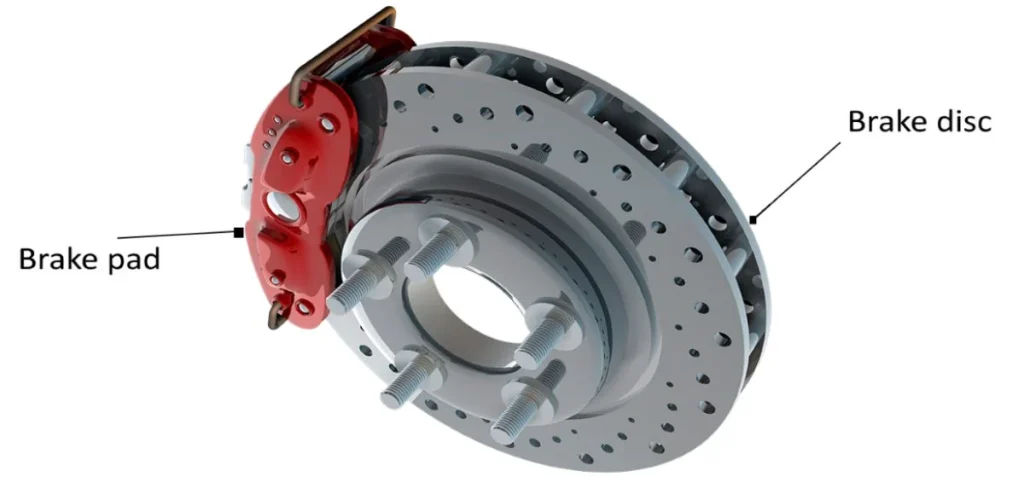
4. Slow Stopping Response
Is your car taking longer to stop than usual? This could point to a brake fluid leak or overheated pads and rotors from frequent braking over long distances. Either way, don’t ignore this sign—it’s a safety risk. How do you know if you need new brake pads might also depend on noticing this delayed response.
5. Brake Pedal Vibration
Does your car or steering wheel vibrate when you brake? That’s a red flag. It’s often caused by worn-out pads or warped/uneven rotors. When everything’s in good shape, braking should feel smooth, not shaky.
6. Extremely Sensitive or Insensitive Brakes
If your brakes grab too hard at the lightest touch or require you to push the pedal to the floor, there’s a problem. Sensitive brakes might mean uneven rotor wear, while unresponsive brakes could signal low fluid levels, air in the lines, or thin pads. This is also a factor to consider how often do brake pads need to be replaced.
7. Puddle Under Your Car
If you notice a mysterious puddle under your parked car and if the liquid feels like motor oil but isn’t as slick, it could be brake fluid. Leaking fluid reduces your brakes’ effectiveness and needs immediate attention. Knowing how to tell if you need new brake pads can include spotting leaks.
8. Heavy Grinding Sound
Did you miss the screeching phase? If you hear a grinding or growling noise, your brake pads are completely worn out. Now the metal backing plate is rubbing against the rotor. This can cause severe damage, from scoring the rotors to making your brakes stick.
9. Pulling to One Side
Does your car pull left or right when braking? Uneven brake pad wear or contaminants in your brake fluid could be to blame. Either way, it’s time to have the system checked and repaired.
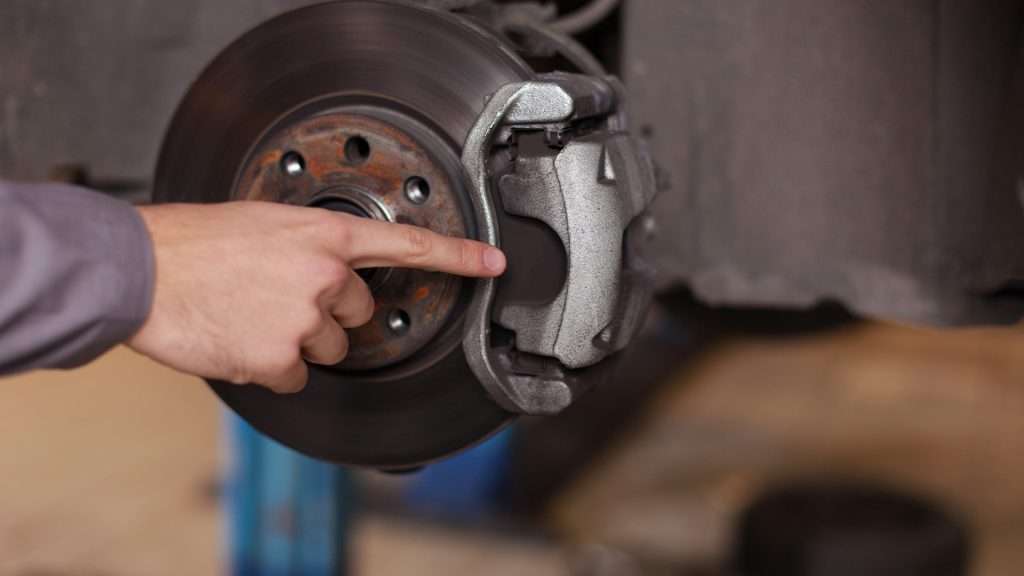
Why Driving With Worn Brakes Is Dangerous?
Ignoring these signs isn’t just bad for your brakes—it’s risky for you and your car. Here’s what could happen: • Slower Stopping Times: Worn pads reduce your ability to brake quickly, increasing the risk of accidents. • Tire Damage: Struggling brakes can force you to slam the pedal more often, wearing down your tires faster and unevenly. • Braking System Failure: Damaged pads and rotors can lead to overheating, warping, and expensive repairs across the entire brake system.
Common FAQs About Brake Pads:
1. How much does it cost to replace brake pads?
The cost varies depending on your car’s make and model. On average, brake pad replacement typically ranges from $100 to $300 per axle, including parts and labor. If you are replacing it yourself, then the cost will be lower since you only need to buy the parts and no labor cost, which is usually higher than the parts.
2. Can I replace the brake pads myself?
Yes, if you have the right tools and basic automotive knowledge you should be able to replace the brake pads yourself easily. However, professional installation is recommended for safety and precision.
3. What happens if I don’t replace my brake pads on time?
Delaying the replacement of your brake pads can cause damage to the rotors, calipers, and overall braking system, resulting in costly repairs and compromised safety. When to change brake pads is critical to avoid these issues.
4. How can I check my brake pads at home?
You can check your brake pads at home by simply inspecting the thickness of your brake pads through the spokes of your wheels to see how thick they are. If they’re less than ¼ inch thick, it’s time to replace them. Knowing when to replace brake pads mm helps too.
5. Are all brake pads the same?
No, brake pads come in different materials, such as ceramic, metallic, and organic. Each type has its advantages and is suited to specific driving needs. Ceramic pads are durable, quiet, and produce less dust, making them ideal for daily driving, but they’re costly and not suited for heavy-duty use. Metallic pads are heat-resistant and durable, perfect for high-performance or heavy vehicles, though they can be noisy and wear rotors faster. Organic pads are quiet and budget-friendly but wear out quickly and aren’t ideal for intense driving. Choose brake pads based on your vehicle type, driving habits, and performance needs.
6. How long do brake pads last?
Brake pad lifespan varies depending on factors like driving habits, terrain, and the type of brake pads. On average, they last between 25,000 and 65,000 miles.
7. What are the signs you need new brake pads?
Common indicators include squealing noises, slow stopping response, vibrations while braking, and visible wear.
8. What causes brake pads to wear out faster?
Driving in stop-and-go traffic, frequently slamming the brakes, carrying heavy loads, and driving on hilly terrain can all accelerate brake pad wear. Understanding how often to change brake pads helps maintain them better.
9. Is it necessary to replace rotors when replacing brake pads?
Not always, but if the rotors are worn, warped, or damaged, replacing them along with the pads is often necessary for optimal performance.
10. How can I extend the life of my brake pads?
Practice smooth and gradual braking, avoid overloading your vehicle, and have your braking system inspected regularly to prevent excessive wear. Knowing how often to replace brake pads and rotors is also crucial.
And that is a wrap; if you find this video to be helpful, then you will love our other article here on the signs and symptoms of a bad EGR valve.

